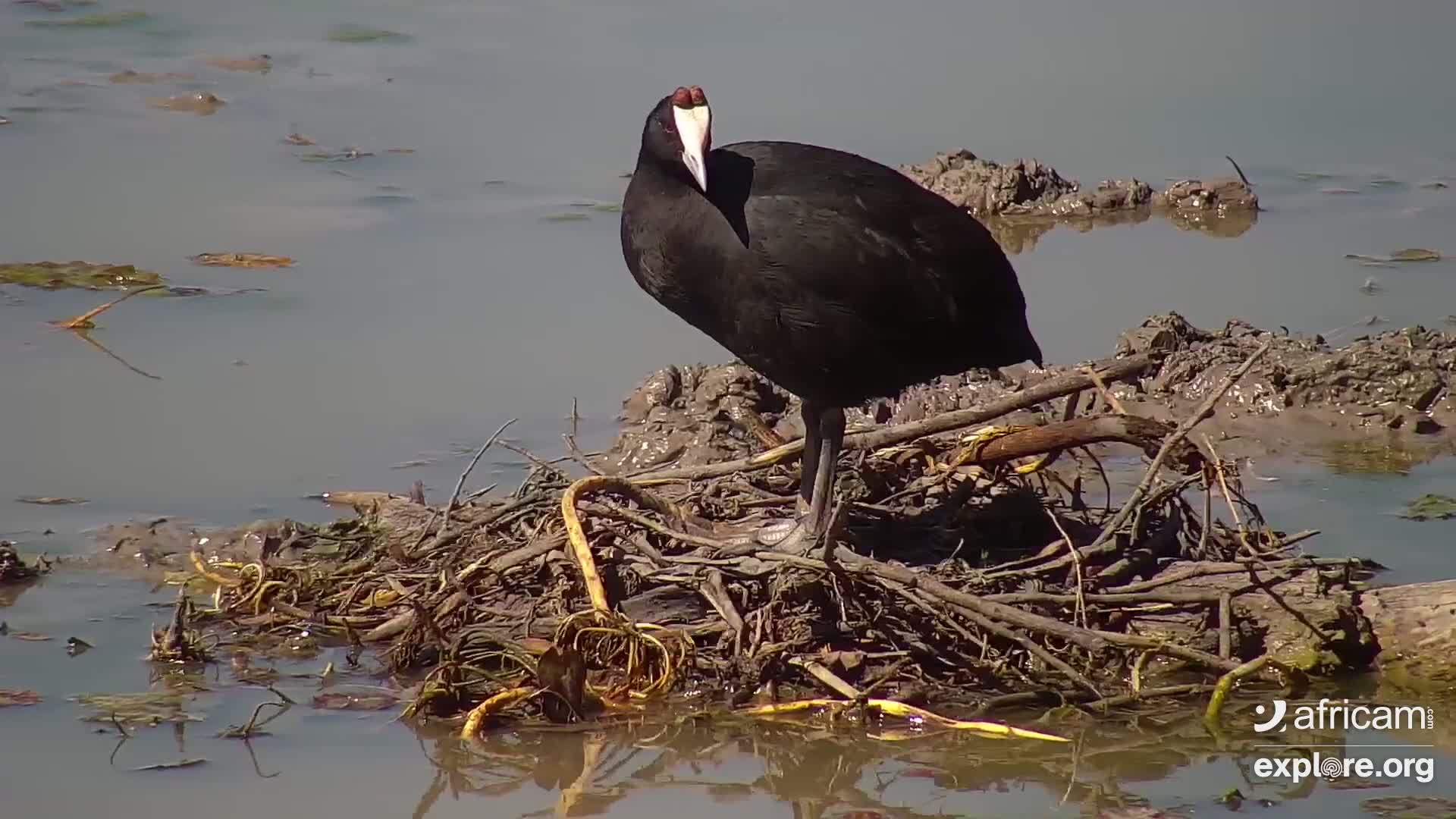Avian Feet
- Lisbeth
- Site Admin
- Posts: 66718
- Joined: Sat May 19, 2012 12:31 pm
- Country: Switzerland
- Location: Lugano
- Contact:
Re: Avian Feet
The black-necked stilt (Himantopus mexicanus) is a locally abundant shorebird of American wetlands and coastlines. It is found from the coastal areas of California through much of the interior western United States and along the Gulf of Mexico as far east as Florida, then south through Central America and the Caribbean to Ecuador and the Galápagos Islands. The northernmost populations, particularly those from inland, are migratory, wintering from the extreme south of the United States to southern Mexico, rarely as far south as Costa Rica; on the Baja California peninsula it is only found regularly in winter
"Education is the most powerful weapon which you can use to change the world." Nelson Mandela
The desire for equality must never exceed the demands of knowledge
The desire for equality must never exceed the demands of knowledge
- Lisbeth
- Site Admin
- Posts: 66718
- Joined: Sat May 19, 2012 12:31 pm
- Country: Switzerland
- Location: Lugano
- Contact:
Re: Avian Feet
"Education is the most powerful weapon which you can use to change the world." Nelson Mandela
The desire for equality must never exceed the demands of knowledge
The desire for equality must never exceed the demands of knowledge
-
Klipspringer
- Global Moderator
- Posts: 5858
- Joined: Sat Sep 14, 2013 12:34 pm
- Country: Germany
- Contact:
Re: Avian Feet
Waterbirds usually have webbed feet for foot-based propulsion. Webbed feet can be morphologically classifed into four types: palmate, semipalmate, totipalmate, and lobate. Palmate feet are the most common type of webbed feet in waterbirds, where three front-facing toes (toes II, III, and IV) are entirely connected by webbing. Semipalmate feet have partial webbing at the base of the three front-facing toes. Totipalmate
feet have a hallux connected by webbing to front-facing toe II, and toes II, III, and IV are entirely connected by webbing. The four toes of lobate feet are separated from each other, but each toe has leaf-like membranes (lobes) along the edges that produce propulsion in water.
Lobate-footed grebes and coots:
Eurasian Coot
Those lobed toes are good for swimming, and they're also suited for walking on land and to climb the floating nest. Likely also good for fighting
feet have a hallux connected by webbing to front-facing toe II, and toes II, III, and IV are entirely connected by webbing. The four toes of lobate feet are separated from each other, but each toe has leaf-like membranes (lobes) along the edges that produce propulsion in water.
Lobate-footed grebes and coots:
Eurasian Coot
Those lobed toes are good for swimming, and they're also suited for walking on land and to climb the floating nest. Likely also good for fighting
- Lisbeth
- Site Admin
- Posts: 66718
- Joined: Sat May 19, 2012 12:31 pm
- Country: Switzerland
- Location: Lugano
- Contact:
Re: Avian Feet
I have never really looked closely at those feet 

"Education is the most powerful weapon which you can use to change the world." Nelson Mandela
The desire for equality must never exceed the demands of knowledge
The desire for equality must never exceed the demands of knowledge
- Richprins
- Committee Member
- Posts: 75565
- Joined: Sat May 19, 2012 3:52 pm
- Location: NELSPRUIT
- Contact:
Re: Avian Feet
Please check Needs Attention pre-booking: https://africawild-forum.com/viewtopic.php?f=322&t=596
-
Klipspringer
- Global Moderator
- Posts: 5858
- Joined: Sat Sep 14, 2013 12:34 pm
- Country: Germany
- Contact:
- Richprins
- Committee Member
- Posts: 75565
- Joined: Sat May 19, 2012 3:52 pm
- Location: NELSPRUIT
- Contact:
Re: Avian Feet
I can see the lobes! 
Please check Needs Attention pre-booking: https://africawild-forum.com/viewtopic.php?f=322&t=596



